Idea by
Nenad B. Miloradović
Nenad Miloradović’s team
Call for ideas 2021
NEOLEPENISM
NEOLEPENISM

- Systemic changes
Neolepenism is internationally copyrighted type of energy efficient architecture with roots in the prehistoric culture of Lepenski Vir (Serbia). This industrial design could significantly contribute to the reduction of heat losses (in winter) or solar gains (in summer), reducing greenhouse gas emissions and saving energy, building materials and thermal insulation, primarily by its compact shape. The author has improved and optimized positive experiences of Lepenski Vir architecture, about which the author wrote earlier. He made the model by 3D printer of a small family neolepenism house with a flat roof of 62 m2. This model in scale 1:75 was exhibited on 50th KGH (HVAC&R) International Congress in Belgrade in December 2019 and also was exposed in the Gallery of Science and Technic of Serbian Academy of Sciences and Arts in Belgrade in 2020. It is a distinctly mathematical architecture, based on the adaptation of the object to the natural environment.

Side view of steep hinterland with museum. Lepenski Vir (Serbia) was discovered in the 1960s. It is settled on the right, Serbian side of the Danube River in Djerdap Gorge, about 160 km downstream from Belgrade. The person deserving most merit for its discovery was Dragoslav Srejović, archeologist. The site is estimated to be about 8,000 years old. Due to construction of HEP Djerdap the original site was sunken, while the current site was moved, but the original position was maintained.

Lepenski Vir is a museum today. We can only assume what those houses looked like. But, we may conclude, based on the remains of the architecture that the purpose of such construction was to ensure comfortable conditions in them. The settlement Lepenski Vir is the remains of an energy efficient architecture, about which the author wrote earlier (REHVA Journal, Vol. 5, 2016). This paper was included in bibliography in online Ancient History Encyclopedia in the article about Lepenski Vir.
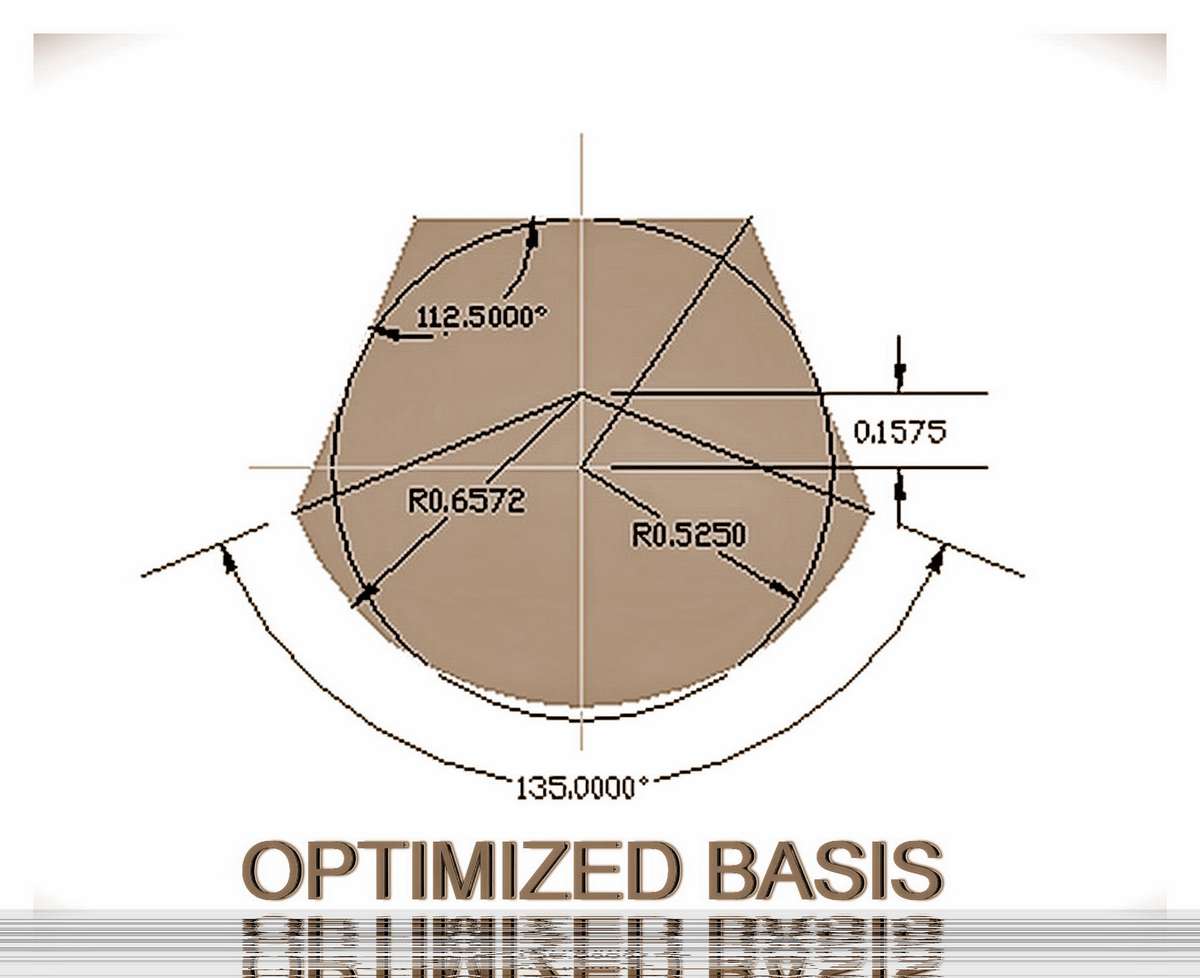
Space design can be one of the strategies for designing new low-energy and passive houses. The author has improved and optimized these positive experiences of Lepenski Vir architecture. First, he optimized the basis and then calculated the height. This architecture has a defined basis, height, orientation and variants. This figure shows optimized and calculated basis for neolepenism construction facilities by author.
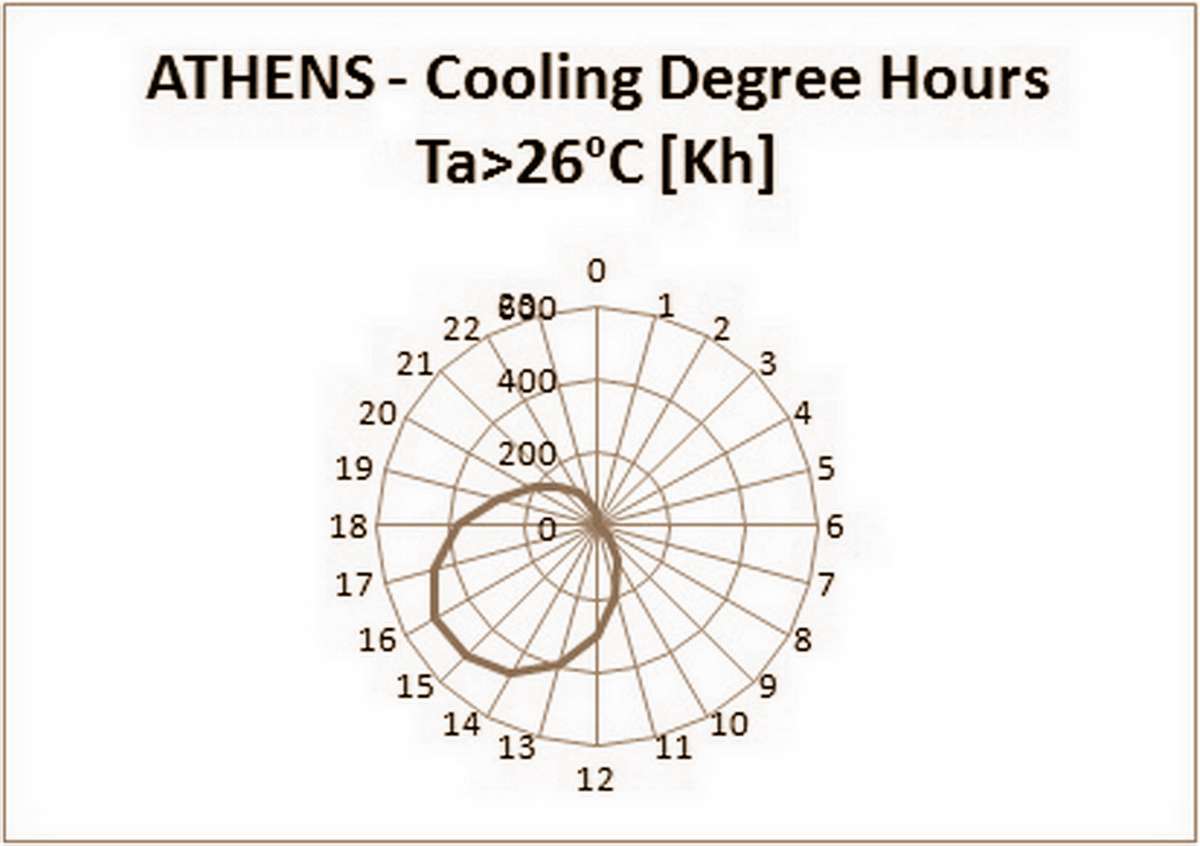
Advantages of this eccentric shape are manifested if adequate orientation is applied. Due to energy efficiency and energy savings, engineers must be involved in the work of designing living space, although architects are primarily in charge of that. The predominantly eastern orientation of the building for flat terrains is recommended, as it presents a compromise between the optimal orientation for the needs of heating and cooling the interior of the building.

The meteorological data bases Meteonorm and the Microsoft Excel program were used in the calculations. The radar-diagrams for Athens on figures are presented just as examples. From those figures we may conclude why the eastern orientation was chosen like optimal solution. The author believes that the architecture of neolepenism can be a passive means of protection that can affect global warming and climate changes, since buildings are largely responsible for greenhouse gas emissions.
NEOLEPENISM
NEOLEPENISM

- Systemic changes
Neolepenism is internationally copyrighted type of energy efficient architecture with roots in the prehistoric culture of Lepenski Vir (Serbia). This industrial design could significantly contribute to the reduction of heat losses (in winter) or solar gains (in summer), reducing greenhouse gas emissions and saving energy, building materials and thermal insulation, primarily by its compact shape. The author has improved and optimized positive experiences of Lepenski Vir architecture, about which the author wrote earlier. He made the model by 3D printer of a small family neolepenism house with a flat roof of 62 m2. This model in scale 1:75 was exhibited on 50th KGH (HVAC&R) International Congress in Belgrade in December 2019 and also was exposed in the Gallery of Science and Technic of Serbian Academy of Sciences and Arts in Belgrade in 2020. It is a distinctly mathematical architecture, based on the adaptation of the object to the natural environment.
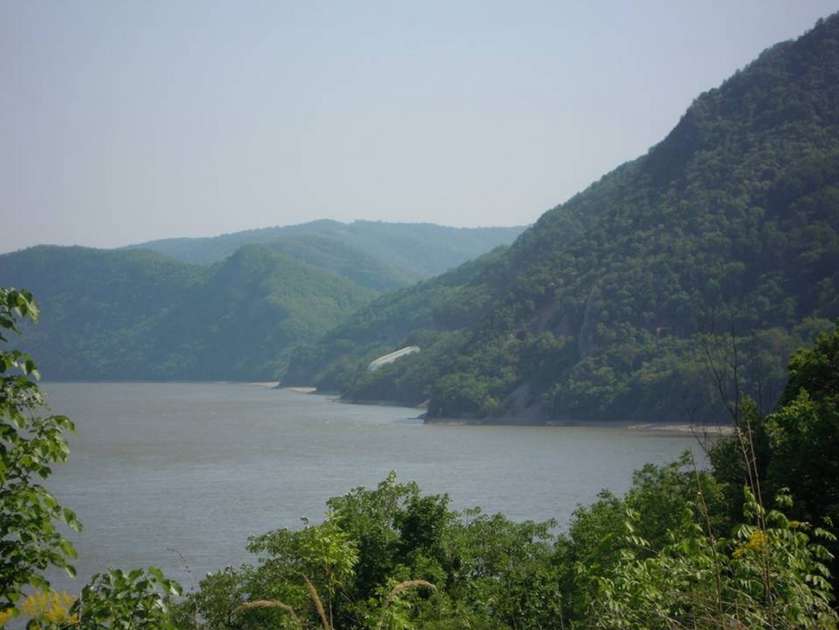
Side view of steep hinterland with museum. Lepenski Vir (Serbia) was discovered in the 1960s. It is settled on the right, Serbian side of the Danube River in Djerdap Gorge, about 160 km downstream from Belgrade. The person deserving most merit for its discovery was Dragoslav Srejović, archeologist. The site is estimated to be about 8,000 years old. Due to construction of HEP Djerdap the original site was sunken, while the current site was moved, but the original position was maintained.
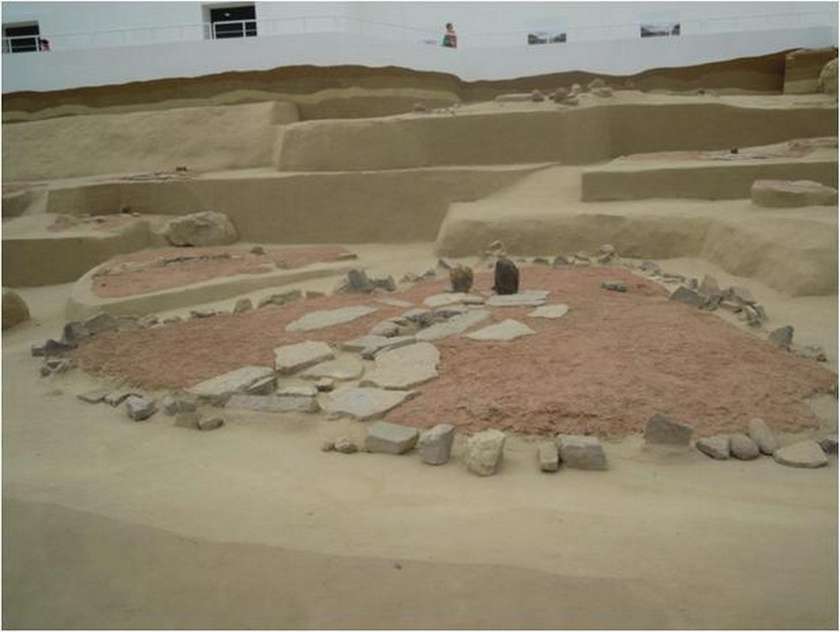
Lepenski Vir is a museum today. We can only assume what those houses looked like. But, we may conclude, based on the remains of the architecture that the purpose of such construction was to ensure comfortable conditions in them. The settlement Lepenski Vir is the remains of an energy efficient architecture, about which the author wrote earlier (REHVA Journal, Vol. 5, 2016). This paper was included in bibliography in online Ancient History Encyclopedia in the article about Lepenski Vir.

Space design can be one of the strategies for designing new low-energy and passive houses. The author has improved and optimized these positive experiences of Lepenski Vir architecture. First, he optimized the basis and then calculated the height. This architecture has a defined basis, height, orientation and variants. This figure shows optimized and calculated basis for neolepenism construction facilities by author.
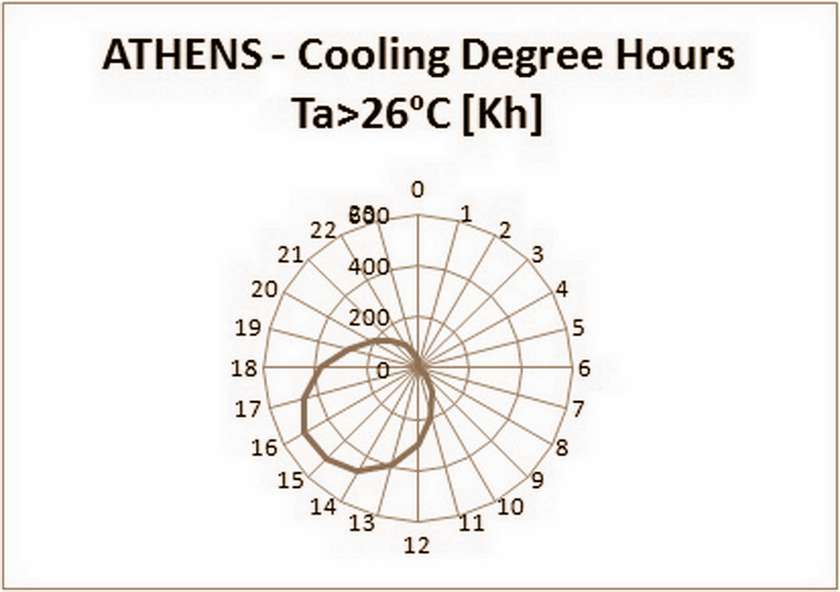
Advantages of this eccentric shape are manifested if adequate orientation is applied. Due to energy efficiency and energy savings, engineers must be involved in the work of designing living space, although architects are primarily in charge of that. The predominantly eastern orientation of the building for flat terrains is recommended, as it presents a compromise between the optimal orientation for the needs of heating and cooling the interior of the building.
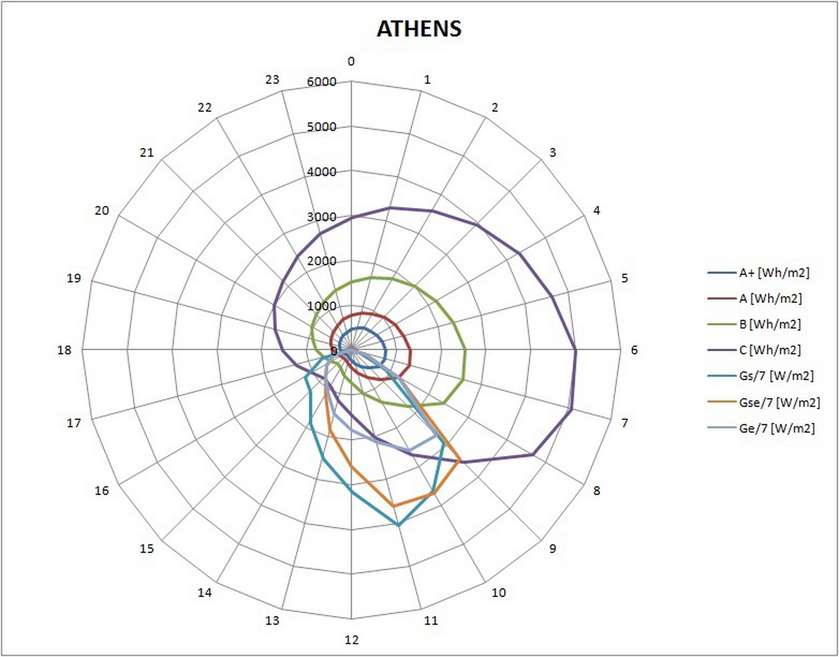
The meteorological data bases Meteonorm and the Microsoft Excel program were used in the calculations. The radar-diagrams for Athens on figures are presented just as examples. From those figures we may conclude why the eastern orientation was chosen like optimal solution. The author believes that the architecture of neolepenism can be a passive means of protection that can affect global warming and climate changes, since buildings are largely responsible for greenhouse gas emissions.